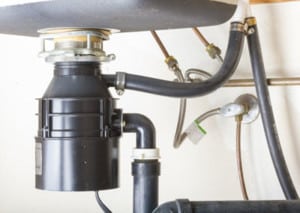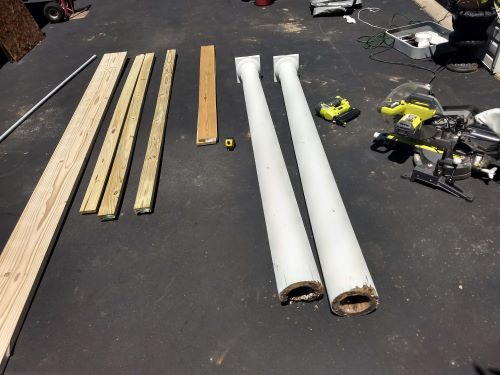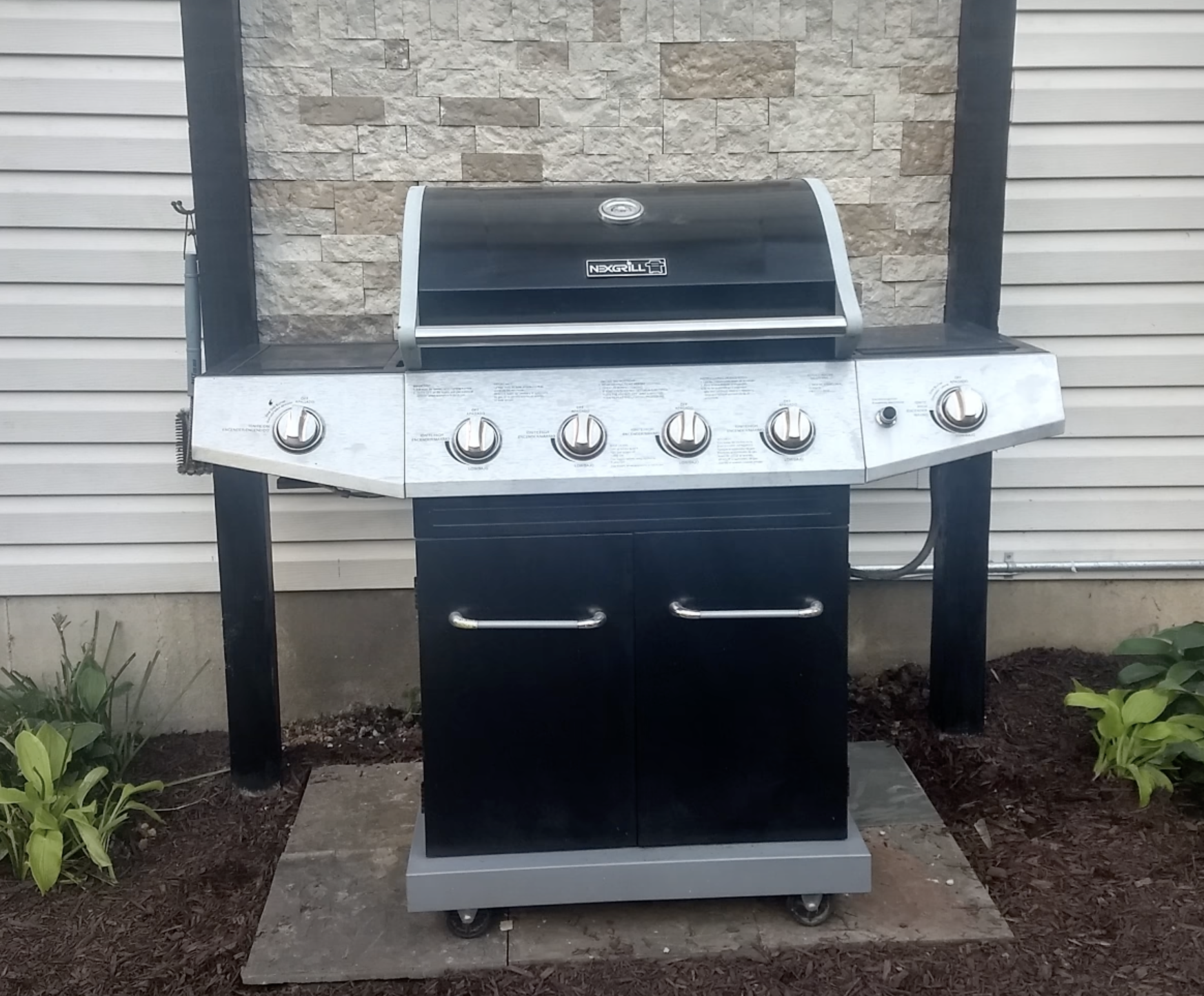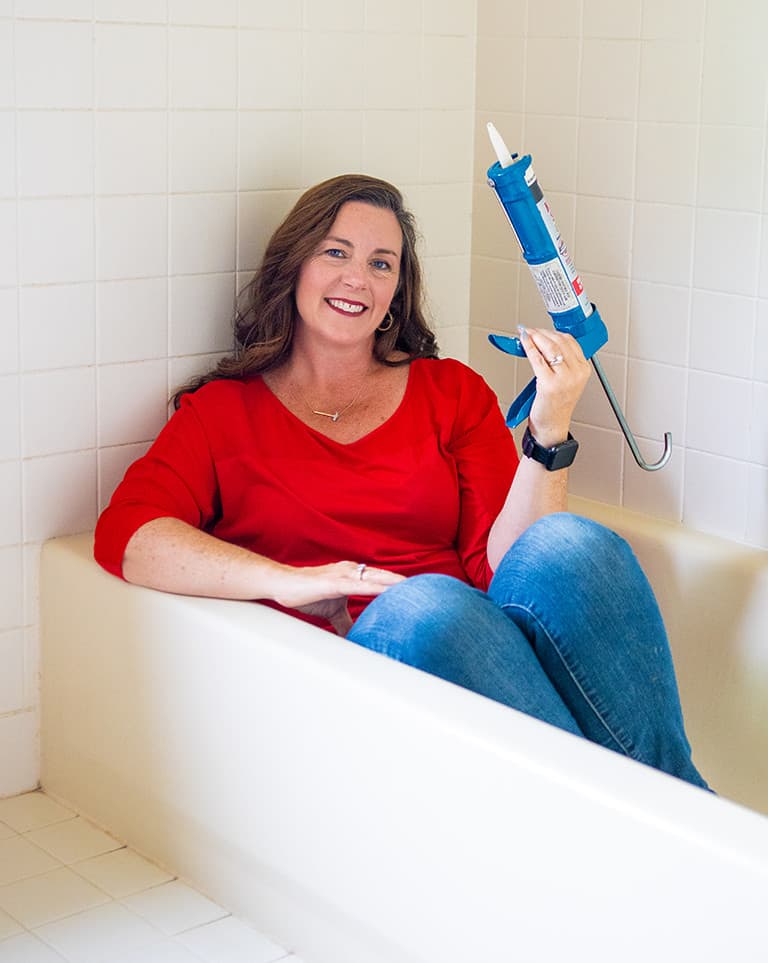If that tune strikes a note for you then maybe you need to investigate that leaky roof. Spring is a good time to check for roof leaks. Heavy rains may make it easier to find those little or big points of water entry. Tips for inspection:
- Look at ceilings in rooms on the top floor of your home. Look for any signs of mold – gray, black or green patches on the plaster or wallboard. Rusty stains or obvious water marks. Loose, sagging or crumbling plaster and wallboard. Feel for damp or dripping walls and ceilings.
- Get up into the attic if possible. Look for moldy or wet wood joists (wood beams framing the roof and floor). Look for obvious sunlight breaking into opening in roof line. Feel for excessive drafts.
- Inspect all ventilation pipes exiting the roof line – # 1 cause of leaky roofs. Keep in mind that the vent pipe may exit your roof in one place but water can travel along the outside of that pipe to create damage to other areas of the attic.
Found the leak? Now plug it up!
If you can locate the leak from the attic space, you can often repair the issue yourself. Apply a good quality waterproof exterior caulk into openings. Put a large drip pan under the source and wait for next heavy rain and check again. If source is not easily found or unreachable from the attic space, please see a reputable roofer in your area. Don’t climb on the roof yourself. Not all general contractors are certified for roofing, so ask lots of questions before you contract them for hire.









